Phja Thap incense village in Phuc Sen commune, Quang Hoa district has a history of more than 100 years. Phia Thap incense is made entirely from natural materials in the limestone mountainous region, a product crystallized from the meticulousness and ingenuity of the local people. During our visit to the revolutionary homeland of Cao Bang , we learned about the traditional incense making profession of the people here with many unforgettable impressions.
From natural ingredients to traditional incense sticks
Phja Thap Incense is known for its purely natural production process, with raw materials being the following plants: Bau Hat, Kapok, and Mai. The incense making process begins with taking Bau Hat leaves (as the Tay ethnic people call them) - a type of forest leaf that acts as a natural glue to bind other ingredients. After being harvested from the natural forest, the leaves are dried in the sun for a certain period of time and then put into a machine to be ground. This is the only mechanized step in the incense production process, along with sawdust grinding.
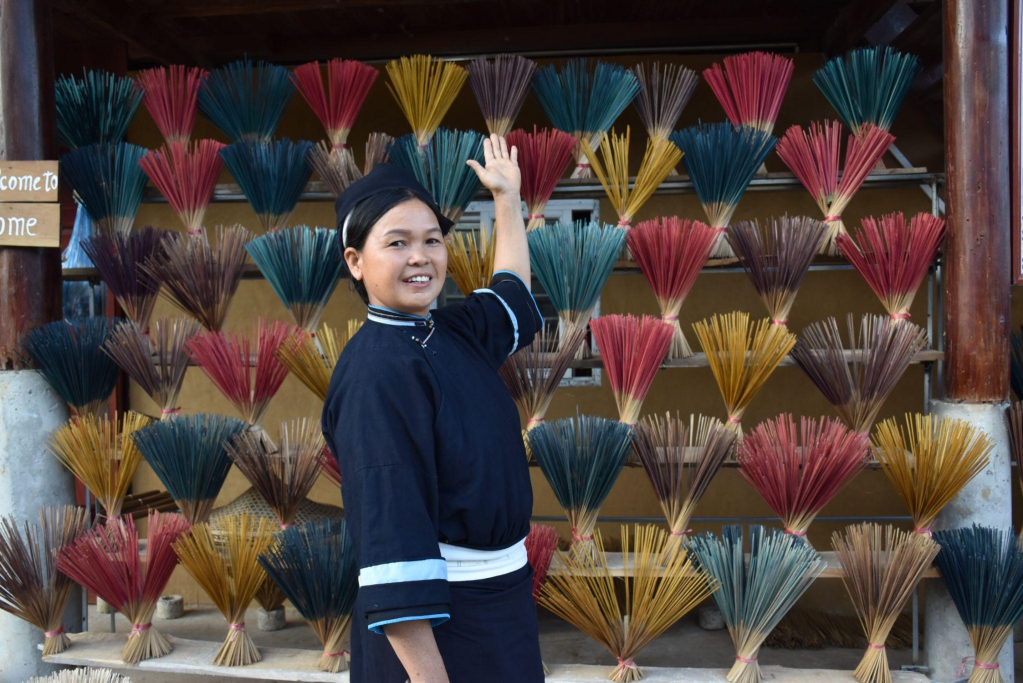
Also in the preparation stage, the incense sticks are taken from the mai tree, each piece is about 40 cm long and then split into standard incense sticks. After completing the preparation steps, the artisan will dip the incense sticks in water and roll them through crushed gourd powder, this operation will be repeated 4 times. This step requires the worker to be steady to create an even and beautiful incense stick. After being rolled, the incense will be dried in the sun for many hours and to complete, the incense sticks will be rolled through the kao tree powder to create a yellow color and fragrance, this is the secret to creating a unique and distinct fragrance for each incense stick.
With the love for incense makers, the people here believe that incense smoke is a spiritual bond and at the same time it also shows the admiration and gratitude of the living to their ancestors when they have returned to the mountain rocks. Ms. Hoang Thi Bay, an incense maker in Phja Thap village, said: Because incense making is a traditional profession, her family in particular and the Nung An ethnic people in the village in general continue to follow this profession like following the journey left by their ancestors. She feels honored to be a part of preserving and maintaining the culture of the village. However, making incense is not without difficulties due to lack of raw materials. Normally, after a leaf harvest, the gourd tree will be cut down and it will take 2 to 3 years to grow again, affecting the work progress and quantity of products. In addition, ensuring the dryness of the incense sticks is very important. During heavy rains, incense that is not exposed to enough sunlight (from 30 minutes to 1 hour per day) cannot be sold because of poor quality.
Developing community tourism from traditional occupations
Because it is made entirely by hand, requires meticulous care and faces competition from industrial incense products appearing on the market, there were times when the profession of making Phja Thap incense was at risk of gradually disappearing.
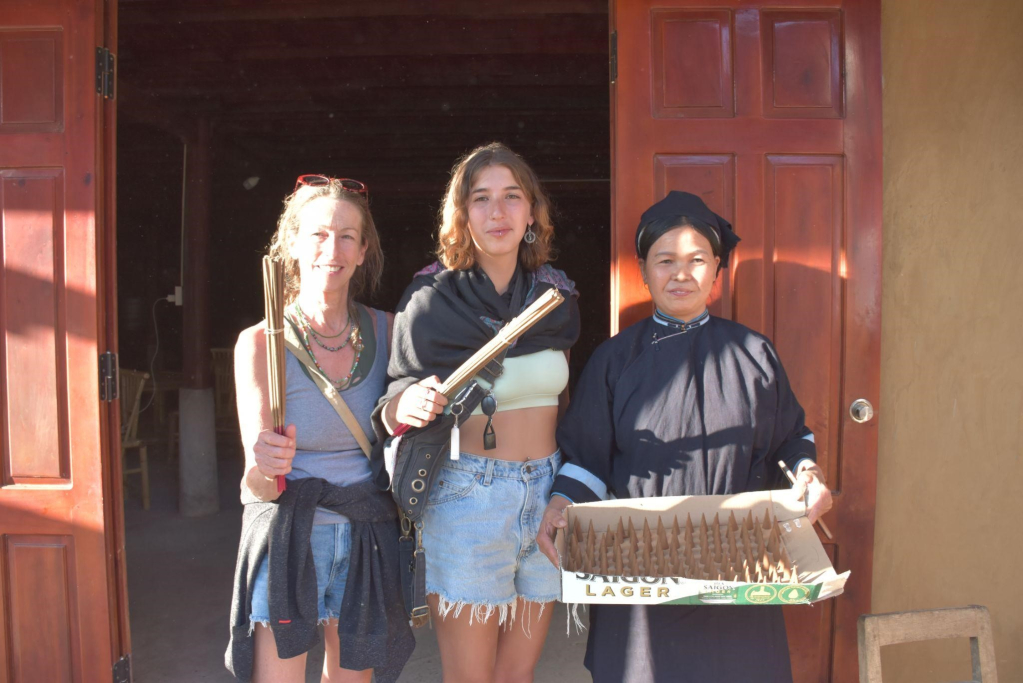
Faced with this reality, in order to preserve and promote the unique cultural features of the locality, since 2016, Phja Thap has been selected as one of the 7 villages in the province to invest in community tourism, on the basis of exploiting the cultural resources of ethnic groups and recognized by the Provincial People's Committee as a craft village in 2021. This not only contributes to protecting and promoting the traditional cultural values of the Nung An ethnic group at the foot of Pha Hung mountain but also helps people escape poverty sustainably.
Currently, Phja Thap hamlet has 51 households, of which 49 households maintain the incense making profession. This profession helps improve the economic life and increase the income of local people, with an income of 58.3 million VND/person/year. Phja Thap incense has existed for a long time and is sold all year round, but the best-selling time is during Tet, the third lunar month (Thanh Minh festival) and the full moon of the seventh lunar month every year. With good quality, Phja Thap incense is sold throughout the province, the largest consumer markets are Trung Khanh and Quang Hoa districts.
Mr. Nong Van Dai, Vice Chairman of the People's Committee of Phuc Sen Commune, said: "The interest of international tourists in Phia Thap incense craft village is a good opportunity to develop additional tourism services such as: food and beverage services, resorts, cultural and artistic activities... However, it is still difficult for products to reach the international market, because the products have a special spiritual character in the locality, the number of tourists coming to buy incense as gifts is still small. The locality is currently focusing on building and promoting the brand, especially in building investment resources for ensuring environmental sanitation as well as check-in points to attract tourists to visit and experience."
In addition, talking about the difficulties encountered in the process of bringing Phja Thap incense to more tourists, he said that the villagers' access to tourism is still limited. Therefore, currently, the villagers are focusing on building and promoting the brand, attracting tourists to the incense village and carrying out activities to experience and feel the quality of the products in the most authentic way.
The traditional incense making village of the Nung An people in Phja Thap, Phuc Sen commune, Quang Hoa district is contributing to preserving the beautiful spiritual cultural features of the nation while also contributing to protecting the environment by using 100% of raw materials produced from natural resources available locally. And this is also the core content of the National Target Program on cultural development and building Vietnamese people in the period 2025 - 2035, which is to preserve and promote the values of national cultural heritage.
Nhat Linh - Thao Chi - Thanh Huyen - Thanh Ba
Source: https://baocaobang.vn/trai-nghiem-lang-huong-phja-thap-3174587.html


![[Photo] Nhan Dan Newspaper launches “Fatherland in the Heart: The Concert Film”](https://vphoto.vietnam.vn/thumb/1200x675/vietnam/resource/IMAGE/2025/10/16/1760622132545_thiet-ke-chua-co-ten-36-png.webp)



![[Photo] General Secretary To Lam attends the 18th Hanoi Party Congress, term 2025-2030](https://vphoto.vietnam.vn/thumb/1200x675/vietnam/resource/IMAGE/2025/10/16/1760581023342_cover-0367-jpg.webp)



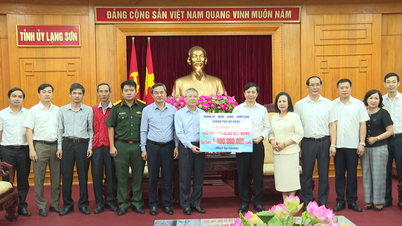



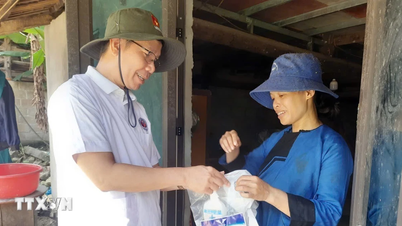

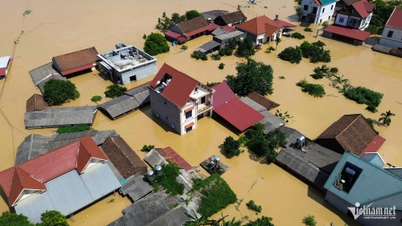



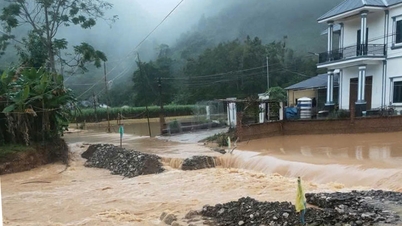

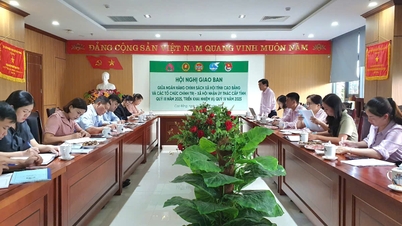
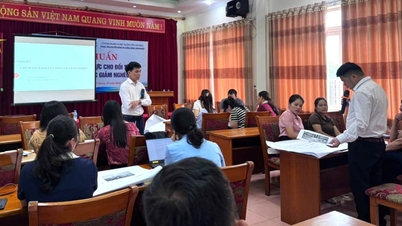
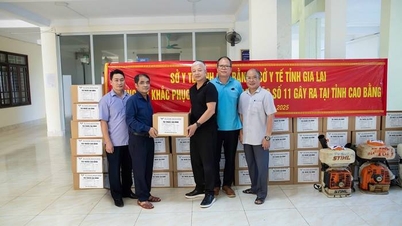

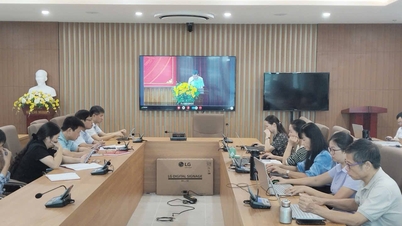
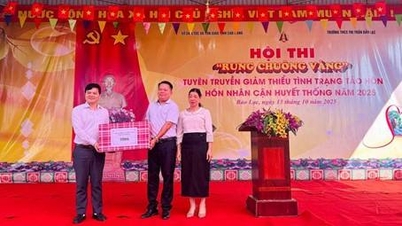





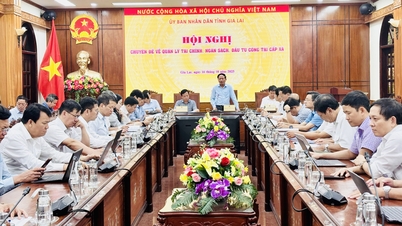

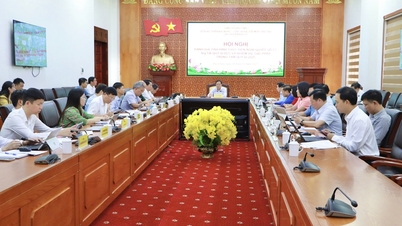
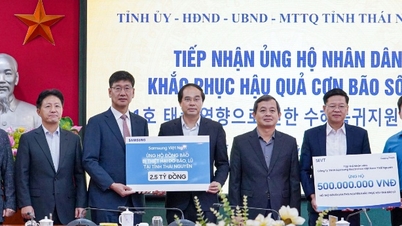
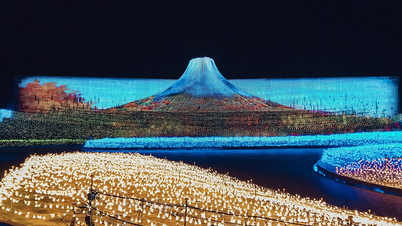

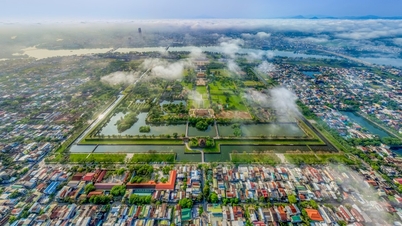

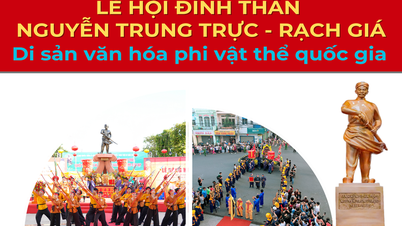

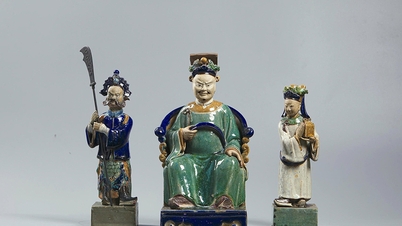



![[Video] TripAdvisor honors many famous attractions of Ninh Binh](https://vphoto.vietnam.vn/thumb/402x226/vietnam/resource/IMAGE/2025/10/16/1760574721908_vinh-danh-ninh-binh-7368-jpg.webp)




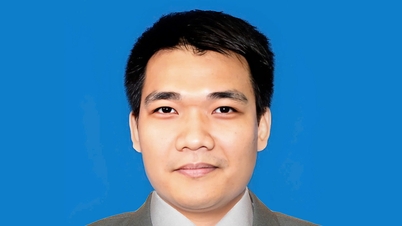
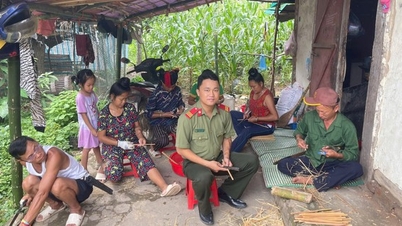

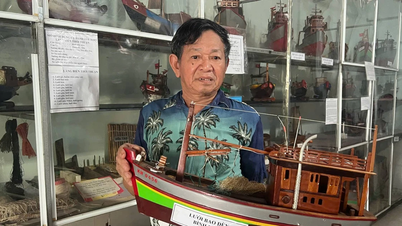



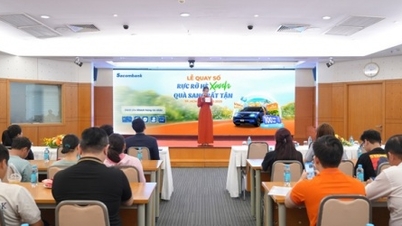






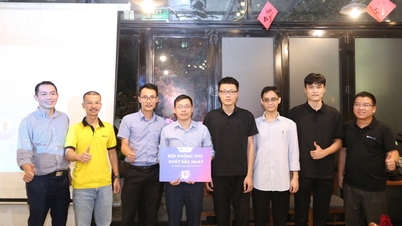









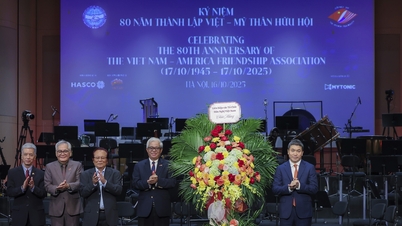





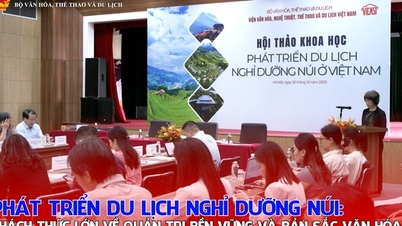
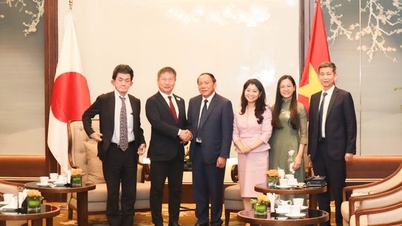
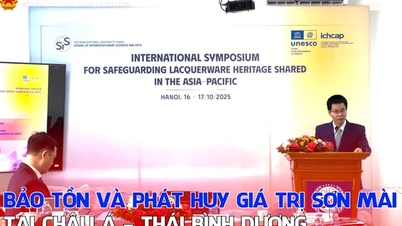

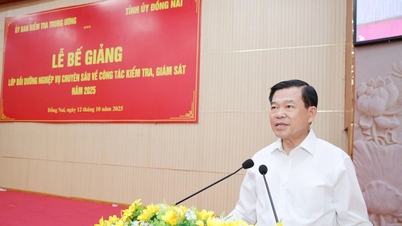

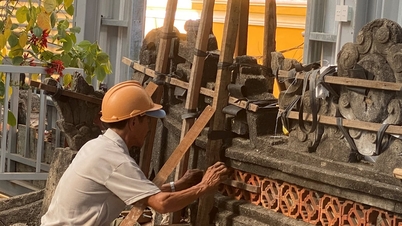
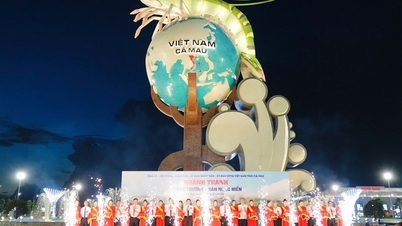
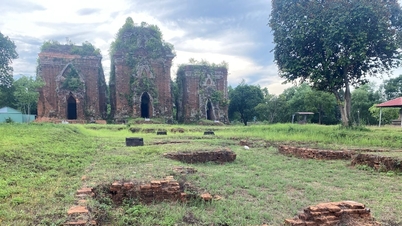


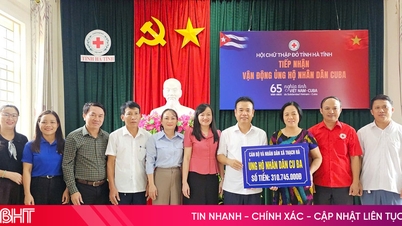

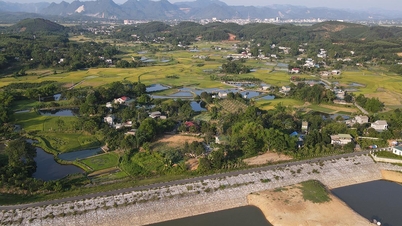

















Comment (0)